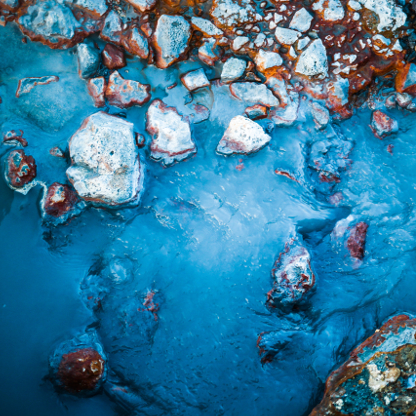MEET


MEET's goal is to make geothermal energy more accessible worldwide by reducing the CAPEX (capital expenditure) of EGS (Enhanced geothermal systems) wells. An EGS is a man-made reservoir, developed in an area where there is abundant hot rock but insufficient or little natural permeability or fluid saturation. Fluid is injected into the subsurface of the Earth where the hot rock heats it up so that electricity can be generated once it's siphoned back to the surface. The latest technological advances in the field allow us to tap into a largely unused source of renewable energy without excessive costs, worldwide.
In order to boost the market penetration of geothermal power in Europe, MEET will demonstrate the viability of EGS with electric and thermal power generation in all the main kinds of geological settings (crystalline, sedimentary, metamorphic, volcanic). MEET also aims to map the most promising sites where EGS capacities could be installed in the near future.
Duration: 2018-2021
Role in the project
- Conversion of oil wells into geothermal wells to bypass the bottleneck of the drilling phase, hence reducing the CAPEX.
- Enhancing heat-to-power conversion at low temperature (60-90°C) by using mobile Organic Rankine Cycle (ORC) units.
Partners
France
- ÉS-Géothermie
- Unilasalle
- Geophysical Inversion & Modeling Labs
- Université de Cergy-Pontoise
- Vermilion Energy
- ENOGIA
- FEBUS OPTICS
- Ayming
Belgium
- Institut royal des Sciences naturelles de Belgique
Germany
- Technische Universität Darmstadt
- Universitätsenergie Göttingen GmbH
- Georg August Universiat
- Helmholtz-Zentrum Potsdam
- GeoThermal Engineering
Croatia
- Fakultet elektrotehnike i računarstva
Iceland
- HS Orka
Acknowledgements
This project has received funding from the European Union’s Horizon 2020 research and innovation programme under grant agreement No 764086-2.


 Íslenska
Íslenska